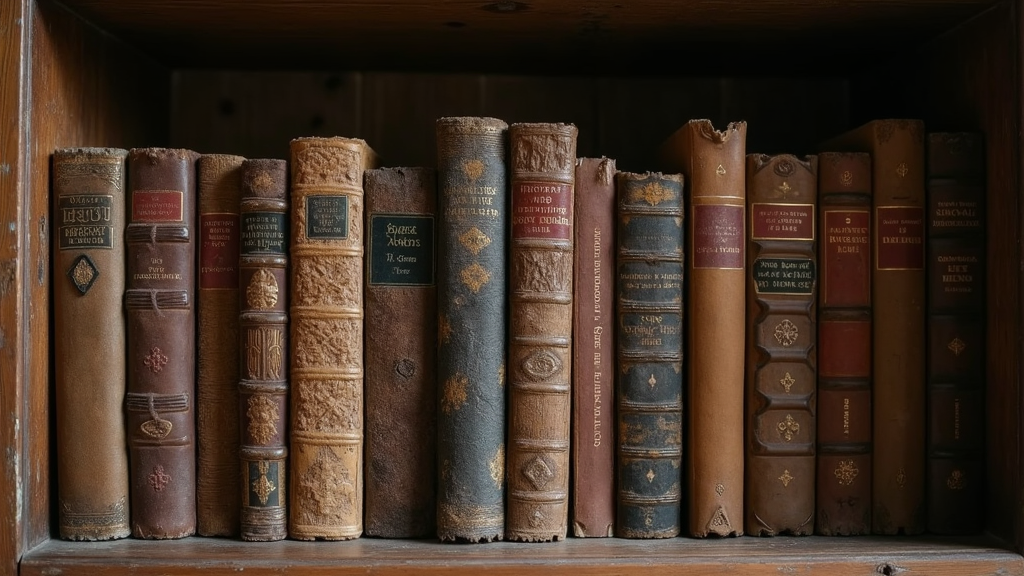Introduction
Using historical fiction as curriculum is a creative way to blend storytelling with history and learning. In this article, I check out how historical fiction can spice up lesson plans and deepen understanding of past events. This method offers a fresh twist to traditional historical study, giving students a richer and more engaging experience while they learn about the people and events that shaped our world.
The Educational Benefits of Using Historical Fiction as Curriculum
Historical fiction is more than a fun read. It blends well-researched facts with engaging narratives. This combination helps students see history in a way that plain textbooks cannot offer. When students read stories set in the past, they can visualize events, imagine everyday life in earlier times, and connect emotionally with historical figures and situations.
One clear benefit of this approach is that it makes the material more memorable. Stories stick in our minds long after dates and figures might fade. When you incorporate literature that people enjoy, learning becomes a more immersive experience. This method also supports critical thinking as students learn to differentiate between fictional embellishments and factual history.
Using Historical Fiction as Curriculum: Planning and Strategies
Success in homeschooling is not just about picking a good book. It also depends on how the material is organized and taught. When using historical fiction within the curriculum, planning is key. Educators can combine the imaginative power of stories with solid academic content to bolster student interest and understanding.
Integrating Storytelling with Historical Facts
This method allows educators to guide students in separating fact from fiction. Lessons can include research assignments where students verify details presented in the story. They might compare literary accounts with historical records, museums, or other reliable sources. This approach not only builds research skills but also helps students to analyze various narratives critically.
Using Historical Fiction as Curriculum to Give a Boost to Critical Thinking
Engaging with narrative-driven history encourages learners to ask questions. Why did a character act in a certain way? What does that tell us about the broader historical context? Activities like group discussions or written reflections help students to evaluate the reliability of sources and think deeply about cause-and-effect relationships in history. These activities build strong analytical skills and foster a questioning attitude.
Bringing History to Life through Narrative
Stories have a remarkable ability to bring dry facts to life. When blended with real historical events, the narrative helps detail how societies, cultures, and events truly unfolded. Reading historical fiction allows students to experience history as a living, breathing subject. This method can create an emotional connection to past events, making the learning process both enjoyable and more impactful.
The narrative style often found in historical fiction makes it easier for young learners to visualize and internalize lessons. Instead of viewing history as a series of dates and names, students see a dynamic timeline shaped by personal stories, struggles, and triumphs. This transformation of facts into relatable narratives can stimulate curiosity and encourage further exploration into more detailed historical studies.
Effective Classroom Strategies for Using Historical Fiction as Curriculum
Teaching with historical fiction goes hand in hand with many proven educational strategies. Here are some effective ways to integrate these stories into the curriculum:
- Guided Reading Sessions: Choose excerpts from historical fiction that focus on a key event or era. Pause throughout the reading to discuss historical context or clarify difficult concepts.
- Research Projects: Allow students to investigate the real history behind the events in the story. Have students create presentations or written reports comparing the novel to documented historical data.
- Creative Writing Assignments: Ask students to write their own short stories set in a historical period they are studying. This opens up creative avenues while ensuring they learn historical details.
- Group Discussions: Encourage active dialogue about the narratives. Lively discussions promote critical views on how historical events are depicted and foster a better understanding of multiple perspectives.
Tips for Homeschool Success Using Historical Fiction as Curriculum
Clear guidelines can help students keep track of both the fictional and factual elements of their reading. Offering outline guides and discussion questions can serve as a good starting point. Emphasizing the research aspect helps distinguish creative narrative from historical record, ensuring that students receive both an engaging story and a sound educational foundation.
Examples in Practice: Using Historical Fiction as Curriculum in Various Subjects
This approach has been used in different courses. In history classes, novels set during significant periods—like the American Revolution or the Industrial Age—spark discussions about cultural changes and political influences. In literature courses, historical fiction serves as a springboard to discuss narrative style, character development, and the art of storytelling. Educators also report benefits in social studies classes, where understanding human behavior and societal trends comes more naturally when paired with personal, narrative accounts.
Engaging Students with Historical Settings and Characters
Students often find it easier to engage with characters who face dilemmas similar to those in their own lives. Historical fiction uses character-driven stories to explore themes like freedom, struggle, and progress. Through these characters, lessons on empathy and resilience develop along with academic skills.
Using historical fiction as a curriculum not only introduces students to different time periods but also encourages them to consider the motives and challenges faced by individuals in those times. This empathetic approach can make history feel more relevant and alive, prompting deeper interest in how past events relate to today’s issues in society.
Connecting Literary Narratives with Historical Reality
Educators can use side-by-side comparisons to look at both the fictional narrative and historical accounts of an event. Discussion topics might include the accuracy of the events, the choices made by authors, and how creative elements serve to enlighten rather than distort. This kind of analysis sharpens students’ critical thinking as they navigate between fiction and non-fiction.
Hands-on Projects and Role Playing
Role-playing exercises can increase engagement. Students might act out scenes from their reading, reenacting debates or decision-making moments. In such projects, using historical fiction as curriculum is particularly effective because the narrative often includes vivid descriptions that spark imagination. These activities promote empathy, teamwork, and a better understanding of historical events in context.
Further Reflections on Integrating Historical Fiction
Expanding on the ideas presented above, incorporating historical fiction into classroom activities allows teachers to blend creative storytelling with academic rigor in a variety of unique ways. By tapping into this method, educators provide students with narratives that are not only engaging but also charged with emotion and context. In small group projects, learners are encouraged to analyze stories by verifying historical details and questioning artistic liberties taken by authors. This collaborative approach lets every student contribute their own insights and perspectives. As a result, learning history evolves into an experience that is both educational and personally meaningful. The classroom becomes a lively forum where open discussion and creative thought thrive. Ultimately, this method makes history more than just recollections of dates; it transforms it into a dynamic subject that connects past events to current realities and inspires a passion for learning that lasts a lifetime.
Final Thoughts
The use of historical fiction in the classroom can change the way students view and understand history. It has the power to transform lessons from a list of dates into stories full of life and emotion. When using historical fiction as curriculum, the balance between factual accuracy and engaging narrative helps build motivation and encourages lifelong learning. It opens doors for creativity, analytical thinking, and active participation in the learning process.
This approach works best when teachers carefully plan their lessons and provide guidance on distinguishing between what is real and what is artistically interpreted. The power of narrative helps establish a personal connection to history, making education both memorable and practical. I find that when students connect emotionally with historical events, lessons become more impactful, and they are more likely to remember details long after the class has ended.


